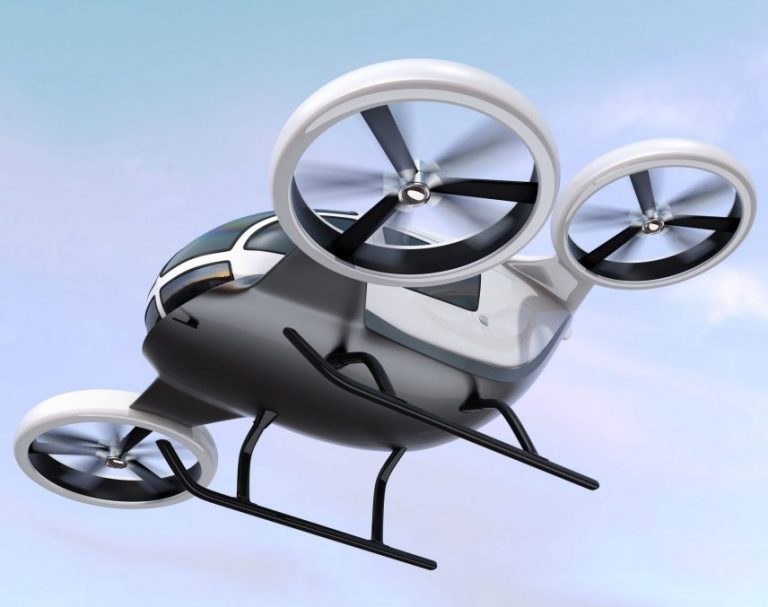Context
Thanks to its efficiency and power density, the family of permanent magnet synchronous motors is the most suitable for electric propulsion systems applied to aviation. However, permanent magnet synchronous motors generate a Back EMF whose amplitude is directly proportional to the rotation speed, and which opposes the supply voltage. When the motor speed increases, there is a point of operation where the supply voltage is no longer sufficient to overcome the back EMF and operate at maximum torque.
Typically, beyond this point, the field weakening control strategy is used to increase the motor speed, at the cost of a decrease in the available torque. This mode of operation is of no help for aeronautical propulsion, which requires maximizing the torque and speed of the motor simultaneously and therefore its power density.
Solutions exist to increase the power density of a permanent magnet synchronous motor, but they have drawbacks. First, there is the possibility of increasing the supply voltage. However, this has the effect of increasing the total harmonic distortion (THD) of the phase currents, thus generating additional iron losses in the motor. To reduce the THD of the phase current, the inverter switching frequency can be increased, but this, combined with the increased supply voltage, causes additional losses in the electronic components.
There is therefore a need to think outside the box to optimize the performance of electric drives intended for aeronautical propulsion.
